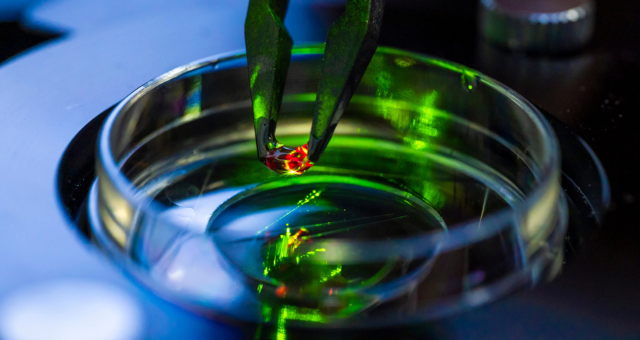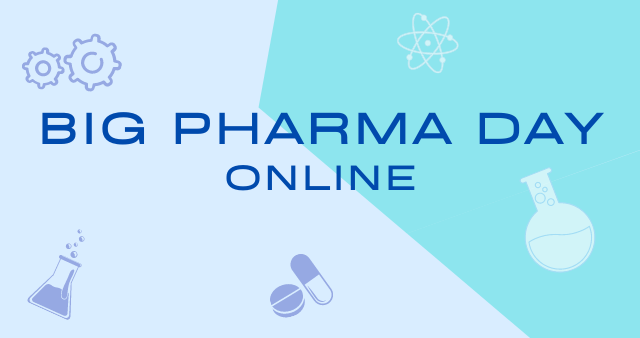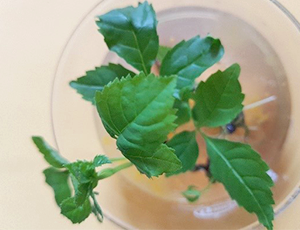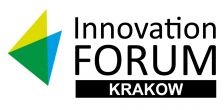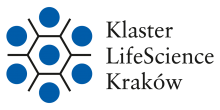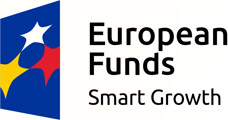search innovation
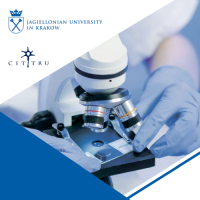
Myxoxanthophylls are glycosides of carotenoids and are found in the cells of many species of cyanobacteria (cyanobacteria), including the commercially produced Arthrospira platensis (Spirulina), which is used in the food and cosmetic industries. More
than 600 carotenoid pigments isolated from natural products and about 200 compounds included in this group, obtained synthetically or modified by humans, are currently known.
Carotenoids are produced by all photosynthetic organisms that possess chlorophyll. In plants and some microorganisms, they function as natural pigments and powerful antioxidants. The antioxidant activity of carotenoids causes them to exhibit extensive
health-promoting effects, including anticancer, as a component of the human diet. A diet rich in carotenoids protects the eyes from the adverse effects of UV radiation, reduces the risk of macular degeneration and also has a beneficial effect on blood cholesterol levels. Carotenoids are also used in cosmetics in particular as components of anti-aging, anti-acne and depigmentation cosmetics. On a large scale, some carotenoids are used in the food and beverage industry as natural colorants and in animal production to improve the color of poultry and fish meat and egg yolks.
The predominance of hydrophobic properties of carotenoids is the reason for their low solubility in aqueous solutions, which often results in their limited bioavailability, as well as entails difficulties in obtaining these compounds from natural sources,
which contributes to the to the high market prices of purified preparations. Due to their unique molecular structure (presence of a sugar component), myxoxanthophylls potentially combine the antioxidant properties of carotenoids with increased solubility
in aqueous media. Numerous methods of obtaining pure myxoxanthophylls from cyanobacterial cells are known and described. However, they are characterized by the multistep nature of the procedure and usually require a combination of two or more separation, precipitation and/or chromatographic techniques. This contributes to increased time and cost intensity. In addition, depending on the reagents used, myxoxanthophyll fractions obtained by separation and precipitation techniques may contain significant amounts of other metabolites (including chlorophylls, other carotenoids, lipids), detectable by chromatographic and/or spectroscopic methods.
The new invention of Jagiellonian University, which constitutes the present offer, is devoid of these disadvantages. Its subject is a new method for obtaining preparations of myxoxanthophylls of high purity from pigment extracts from cells of Arthrospira platensis or other species of cyanobacteria, in a manner independent of the extraction technique used. The method involves the initial extraction of pigments from cyanobacterial cells or commercially available dry biomass of Atrhrospira platensis into the liquid phase, followed by isolation of the fraction containing myxoxanthophylls by single separation adsorption chromatography. So far, purified preparations of myxoxanthophylls are not commercially available.
As a result, the offered technology is characterized by the following advantages:
The offered invention is subject of a patent application. Further research and development of the invention are continued at the Faculty of Biochemistry, Biophysics and Biotechnology of the Jagiellonian University. Currently, the Centre for Technology
Transfer CITTRU is looking for entities interested in commercial application of the invention.
than 600 carotenoid pigments isolated from natural products and about 200 compounds included in this group, obtained synthetically or modified by humans, are currently known.
Carotenoids are produced by all photosynthetic organisms that possess chlorophyll. In plants and some microorganisms, they function as natural pigments and powerful antioxidants. The antioxidant activity of carotenoids causes them to exhibit extensive
health-promoting effects, including anticancer, as a component of the human diet. A diet rich in carotenoids protects the eyes from the adverse effects of UV radiation, reduces the risk of macular degeneration and also has a beneficial effect on blood cholesterol levels. Carotenoids are also used in cosmetics in particular as components of anti-aging, anti-acne and depigmentation cosmetics. On a large scale, some carotenoids are used in the food and beverage industry as natural colorants and in animal production to improve the color of poultry and fish meat and egg yolks.
The predominance of hydrophobic properties of carotenoids is the reason for their low solubility in aqueous solutions, which often results in their limited bioavailability, as well as entails difficulties in obtaining these compounds from natural sources,
which contributes to the to the high market prices of purified preparations. Due to their unique molecular structure (presence of a sugar component), myxoxanthophylls potentially combine the antioxidant properties of carotenoids with increased solubility
in aqueous media. Numerous methods of obtaining pure myxoxanthophylls from cyanobacterial cells are known and described. However, they are characterized by the multistep nature of the procedure and usually require a combination of two or more separation, precipitation and/or chromatographic techniques. This contributes to increased time and cost intensity. In addition, depending on the reagents used, myxoxanthophyll fractions obtained by separation and precipitation techniques may contain significant amounts of other metabolites (including chlorophylls, other carotenoids, lipids), detectable by chromatographic and/or spectroscopic methods.
The new invention of Jagiellonian University, which constitutes the present offer, is devoid of these disadvantages. Its subject is a new method for obtaining preparations of myxoxanthophylls of high purity from pigment extracts from cells of Arthrospira platensis or other species of cyanobacteria, in a manner independent of the extraction technique used. The method involves the initial extraction of pigments from cyanobacterial cells or commercially available dry biomass of Atrhrospira platensis into the liquid phase, followed by isolation of the fraction containing myxoxanthophylls by single separation adsorption chromatography. So far, purified preparations of myxoxanthophylls are not commercially available.
As a result, the offered technology is characterized by the following advantages:
- the possibility of obtaining myxoxanthophylls as a pure substance in relatively high quantities using simple liquid chromatography (on the order of 1 g of glycosylated carotenoids fraction from 5 L of Atrhrospira platensis culture with OD750 optical density of at least 0.5-0.8 or 1 g of glycosylated carotenoids fraction from 1000 g of dry biomass);
- more simplicity of the method consisting of fewer steps compared to current methods;
- confirmed in an independent laboratory high degree of purity (above 95%) of preparations containing myxoxanthophylls;
- the possibility of using myxoxanthophylls in the pharmaceutical industry as a therapeutic substance and in the cosmetic industry as an ingredient in cosmetics with a protective/supportive effect.
The offered invention is subject of a patent application. Further research and development of the invention are continued at the Faculty of Biochemistry, Biophysics and Biotechnology of the Jagiellonian University. Currently, the Centre for Technology
Transfer CITTRU is looking for entities interested in commercial application of the invention.
commercial utility: Potential method for obtaining myxoxanthophylls from pigment extracts of Arthrospira platensis (Spirulina) Application: in the pharmaceutical and cosmetics industry.
field of science:
forms of protection:
technological maturity:
property rights:
variants of cooperation:
information / broker of Jagiellonian University

name and surname: Klaudia Polakowska, PhD
phone number: +48 519 329 129
email: klaudia.polakowska@uj.edu.pl

